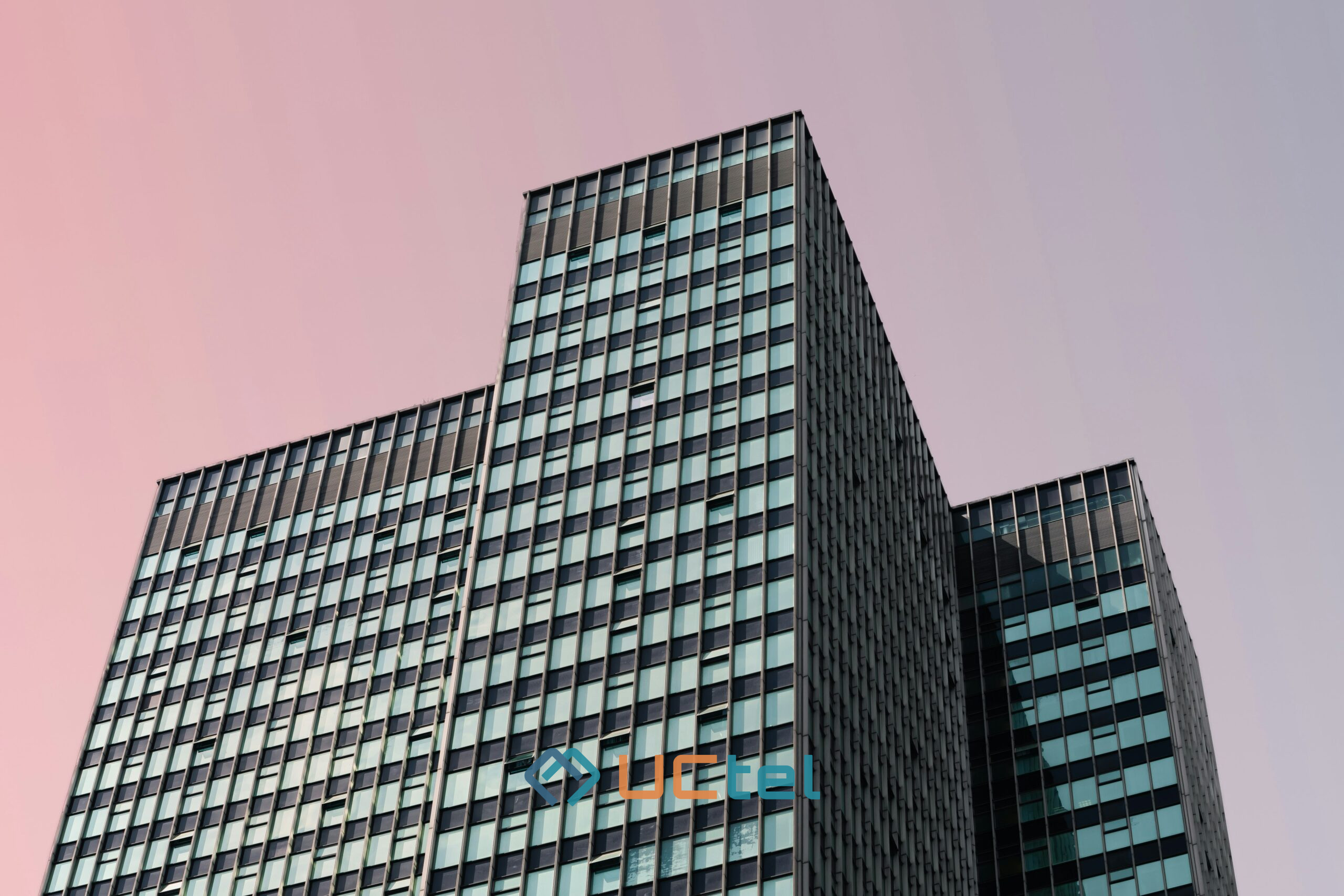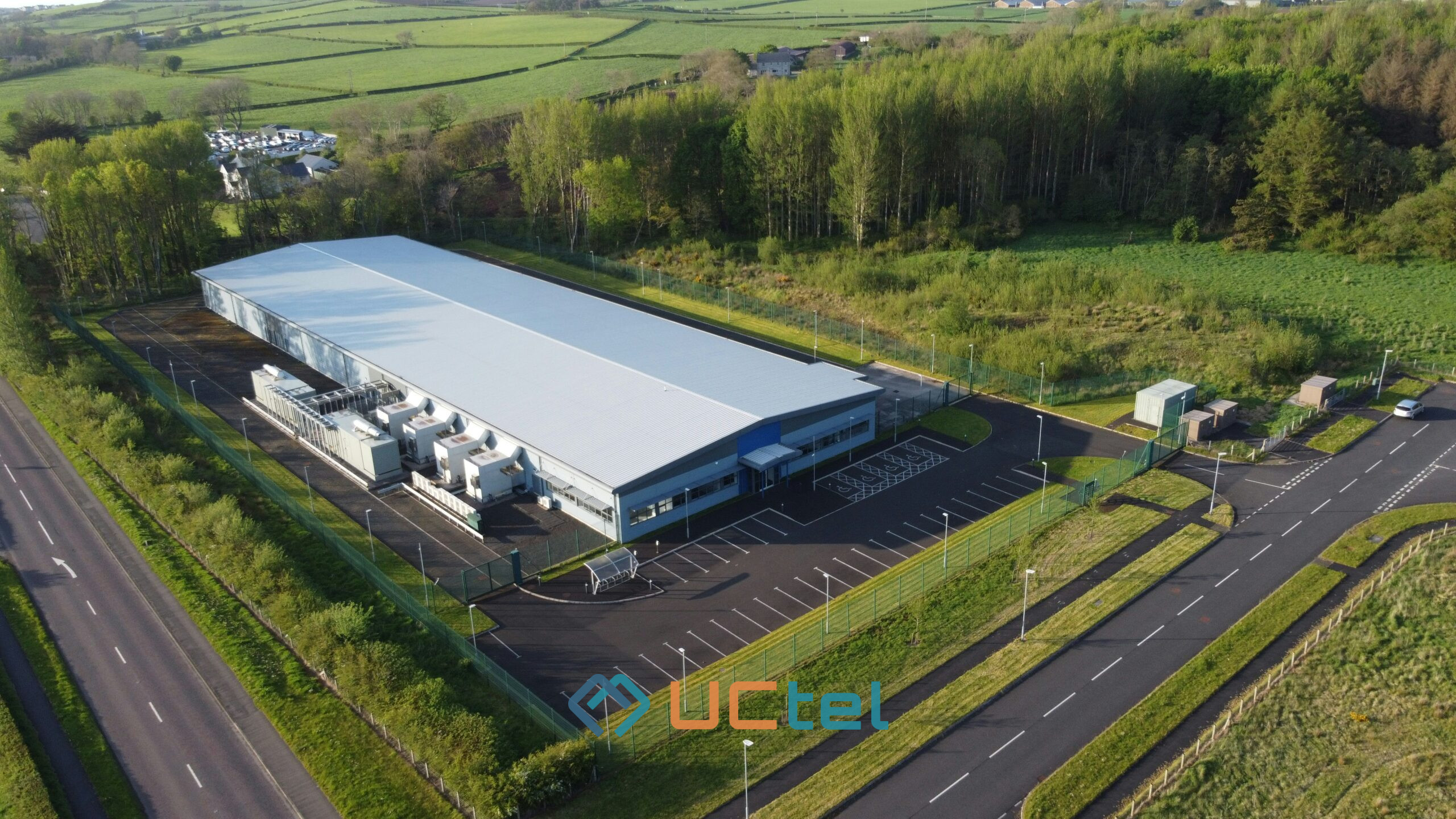LTE vs 4G: Understanding the Difference Between LTE And 4G

Table of contents
In an era dominated by digital connectivity, it’s vital to grasp the nuances of the technologies that power our wireless communication. Despite 5G networks becoming more available, LTE and 4G are still the most commonly encountered terms in mobile technology. While these networks are often used interchangeably, does LTE mean 4G? These technologies are not the same, and understanding how they compare is particularly important for industries relying on fast, reliable, and efficient networks for their operations.
At UCtel, we specialize in delivering cutting-edge signal booster solutions to ensure smooth and consistent mobile connectivity for businesses and households across the UK. Knowing mobile tech inside out, we’ll break down the difference between 4G and LTE and explain how they impact everyday connectivity.
What is 4G?
The history of 4G stems from the new standards issued by the ITU Radiocommunication Sector (ITU-R) in 2008 which forced mobile networks to upgrade the speed to at least 100 megabits per second. Though unattainable at that time, the new metric was meant to inspire developers to deliver better technology.
Key Features of 4G
Over a few years, the technology has caught up to new standards, and most carriers made a switch to the 4G network, bringing improvements in several aspects.
- High-speed data transfer: Download speeds of up to 100 Mbps in motion (such as when travelling in a car or train) and up to 1 Gbps in stationary environments make it possible to stream HD videos, play online games, and download large files without lag.
- IP-based communication: 4G uses an all-IP (Internet Protocol) framework to transmit voice, video, and messaging services as data, which leads to better call quality.
- Seamless connectivity: Designed for uninterrupted Internet access, 4G networks are ideal for applications like real-time video conferencing, GPS navigation, and IoT (Internet of Things) devices.
- Enhanced capacity: With a greater bandwidth, 4G can support more devices simultaneously without compromising speed or reliability.
Technology Behind 4G
What made 4G stand out from previous technology was the shift from the spread spectrum radio technology to advanced techs such as Orthogonal Frequency Division Multiplexing (OFDM) and Multiple Input Multiple Output (MIMO). This enabled far higher data transfer rates, reduced interference, and greater network efficiency, thus providing access to a broader range of services such as gaming, video, mobile commerce, social media, etc.
Additionally, 4G operates on a wide range of frequency bands, allowing it to adapt to different regional regulations and requirements. This ensures consistent performance regardless of the location. Meanwhile, in distant areas and locations with poor coverage or connection speeds, users can rely on signal boosters for smooth connectivity.
At UCtel, we come up with advanced CELI-FI signal boosters that are Ofcom-compliant and compatible with all UK networks. So, feel free to contact us for a custom-tailored 4G signal booster solution to bring mobile connectivity in your office, commercial space, or large building to a new quality level.
Crave for the innovation of 5G and wonder if 4G is still relevant and actively used in the UK? Check our article “When will 4G be phased out?” to find out.
What is LTE?
LTE, or Long-Term Evolution, is a wireless communication standard that represents a significant advancement in mobile tech. Often referred to as a "bridge" between 3G and 4G, LTE was designed to enhance mobile connectivity and improve network efficiency.
LTE Characteristics
LTE is one of the most widely deployed mobile network standards, and billions of users worldwide benefit from its capabilities.
- Offering download speeds of up to 100 Mbps and upload speeds of up to 50 Mbps under optimal conditions, LTE significantly outpaces 3G.
- LTE minimizes the delay in data transmission, making it apt for 4G applications requiring real-time responses.
- Like 4G, LTE uses an IP-based infrastructure.
- LTE’s architecture is modular and scalable to match higher data demands as the tech evolves.
How LTE Relates to 4G
Are 4G and LTE the same? No. LTE was introduced to address the limitations of 3G networks, such as slower data transfer rates and higher latency. Though LTE originally also fell short of the strict technical requirements set by ITU-R for true 4G standards, it delivered a better experience for the users and helped mobile networks advertise 4G speeds without having the technology available.
LTE Advanced: Its Functions and Role
Sometimes LTE would be referred to as 4G LTE, which makes users think like they are using 4G, but in reality, it is still the LTE technology. The 4G vs LTE or 4G vs 4G LTE distinction becomes even more confusing when LTE-A (Long-Term Evolution Advanced) has emerged.
What Is LTE-A?
LTE-A builds upon the core LTE framework, introducing advanced technologies to overcome the limitations of its predecessor. It achieves faster speeds, better spectrum utilisation, and improved network performance. Key upgrades from LTE include:
- Carrier aggregation: Сombines multiple frequency bands into a single channel to increase the available bandwidth for faster data transfer rates and greater capacity.
- Advanced MIMO tech: Boosts throughput and signal quality.
- Relay nodes: Act as small base stations to extend coverage in areas with weak signals.
- HetNets: Integrate small cells with traditional macro cells to improve network coverage and capacity.
- Higher spectral efficiency: Сan transmit more data using the same amount of spectrum.
LTE-A Impact
The closest to 4G, LTE-A not only bridges the gap to true 4G but also sets the stage for the transition to 5G. Many of the LTE-A technologies, such as massive MIMO and carrier aggregation, are foundational to 5G. As such, LTE-A is a critical stepping stone in the evolution of mobile networks, ensuring users experience the benefits of cutting-edge connectivity even before 5G becomes ubiquitous.
Why the Distinction Matters
Understanding the distinction between LTE and 4G is essential for individual consumers and businesses alike.
Implications for Consumers
Individual users who differentiate between networks can make better choices when selecting mobile plans or devices. When consumers know which networks a device can access, they can benefit from their mobile carrier offerings to the max. Likewise, they can efficiently evaluate the carrier’s pricing plans to get the best value for money.
Impact on Businesses
For companies, the choice between LTE and 4G directly impacts operational efficiency, customer experience, and long-term growth. Thus, picking the right network is a game changer for tasks relying on fast and stable Internet as well as for Internet-enabled services where provider offerings should perform optimally on various networks. Knowing the 4G vs LTE difference is also about making the right decisions on investments in network infrastructure upgrades and winning a competitive edge.
What is the Difference Between LTE and 4G?
So, what is the difference between LTE and 4G, and how does it affect your experience as a user? Is LTE better than 4G? What pros and cons are there to using one or the other? Let’s investigate LTE versus 4G distinctive features in detail.
Speed
Is LTE faster than 4G? If we talk about the original LTE, 4G is significantly faster. LTE offers only 100 Mbps, while true 4G offers up to 1,000 Mbps. However, if we consider LTE-A speeds, it also offers 1,000 Mbps. As a result, there is no clear answer as it depends on which technology you are using, LTE or LTE-A. Since most networks offer LTE-A, the majority of users enjoy the high upload and download speeds.
Coverage
When it comes to coverage, is LTE the same as 4G? A release of new technology does not necessarily make it immediately available to everyone. Despite a switch to 4G, the tech was not supported by many older smartphones, which prevented users from using it. Hence, LTE service is widespread and accessible via most modern devices, whereas 4G still remains unusable to some people.
Latency
Latency prevents data from flowing and going in the right direction, leading to a decrease in bandwidth.
4G offers a latency of 5 milliseconds compared to LTE’s 10 milliseconds. It may not seem like a big deal, considering we are talking about milliseconds, but it does become crucial when users play video games, stream clips, or have a video call.
Signal strength
Which network offers a stronger mobile signal, LTE or 4G? Due to elevated upload and download speed and reduced latency, 4G networks provide a much better quality of voice and video calls than LTE. 4G users enjoy stable and uninterrupted internet access and can play games, watch video streams, and have video calls with their friends, family, and colleagues.
Data usage
Another argument in the LTE vs 4G comparison is the data usage. Basically, a network cannot use more or less data than another network, but it can allow access to more functions online, leading to higher data usage.
4G allows its users to watch videos and play games, which wasn’t possible with previous technologies. As a result, people spend more time online and use up more mobile data. However, if you download a 20MB file using either network, you will consume 20MB regardless.
With the abundance of networks like 4G, LTE-A, 5G, and LTE, it is challenging to keep up with and understand their differences. And some areas do not have access to the latest technologies, which deprives them of a fast internet connection. To boost your signal or install a private 5G network, contact our experts at UCTel. We offer a wide range of services for business digitalisation and fast communication.
LTE vs 4G: Which is Faster and Better?
In short, 4G offers a much faster speed, more stability, and access to a larger variety of online activities. LTE is a half-point between 3G and 4G, so its performance suffers compared to the fourth generation.
However, it is said that unless you reside in a large and heavily populated city, you might not even notice the difference between 4G and LTE. And with LTE-A bridging the gap and hugely increasing the quality of connection, the difference becomes even less important.
Final Thoughts
In the end, all the networks continue to coexist and are available to people across the world. 3G, LTE, and 4G are all accessible with the right device and location. With the rising presence of 5G, this technology is gaining importance as its performance supersedes any deliverables of previous networks. In the meantime, you can always opt for a mobile signal booster to improve the quality of your internet connection at home or in your office. Get in touch with professionals from UCTel to learn more about 4G or LTE and 4G LTE vs 4G, amplifying your signal, and entering a new digital age with private 5G networks.






